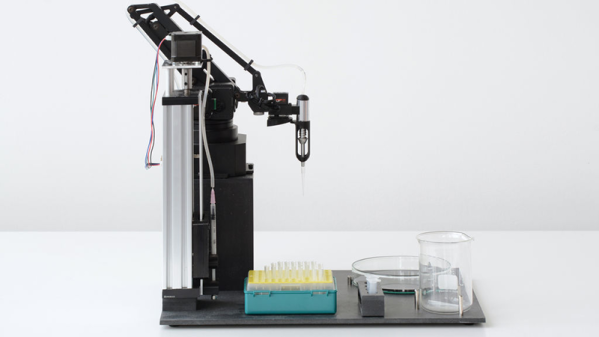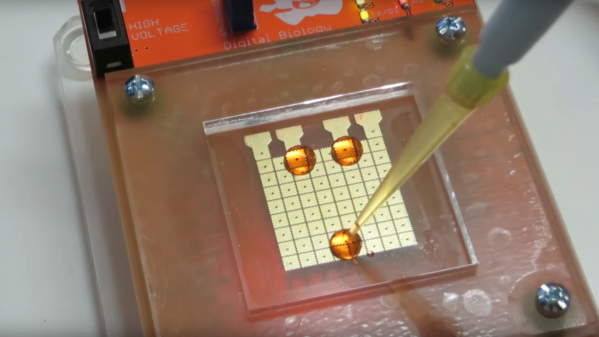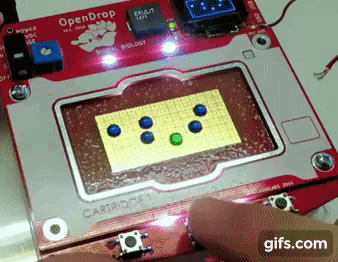When we took a biology lab, you had to use a mouth pipette to transfer liquids around. That always seemed odd to use your mouth to pick up something that could be dangerous. It’s also not very efficient. A modern lab will use a liquid handling robot, but these aren’t exactly cheap. Sometimes these are called pipettors and even a used one on eBay will set you back an average of $1,000 — and many of them much more than that. Now there’s an open source alternative, OpenLH, that can be built for under $1,000 that leverages an open source robot arm. You can find a video about the system below.
The robot arm, a uArm Swift Pro, is the bulk of the cost. The Pro can also operate as a 3D printer or a laser engraver with a little work. In fact, we wondered if you could use the arm to make a 3D printer and then print the parts you need to convert it to a liquid handler. Seems like it should work.














